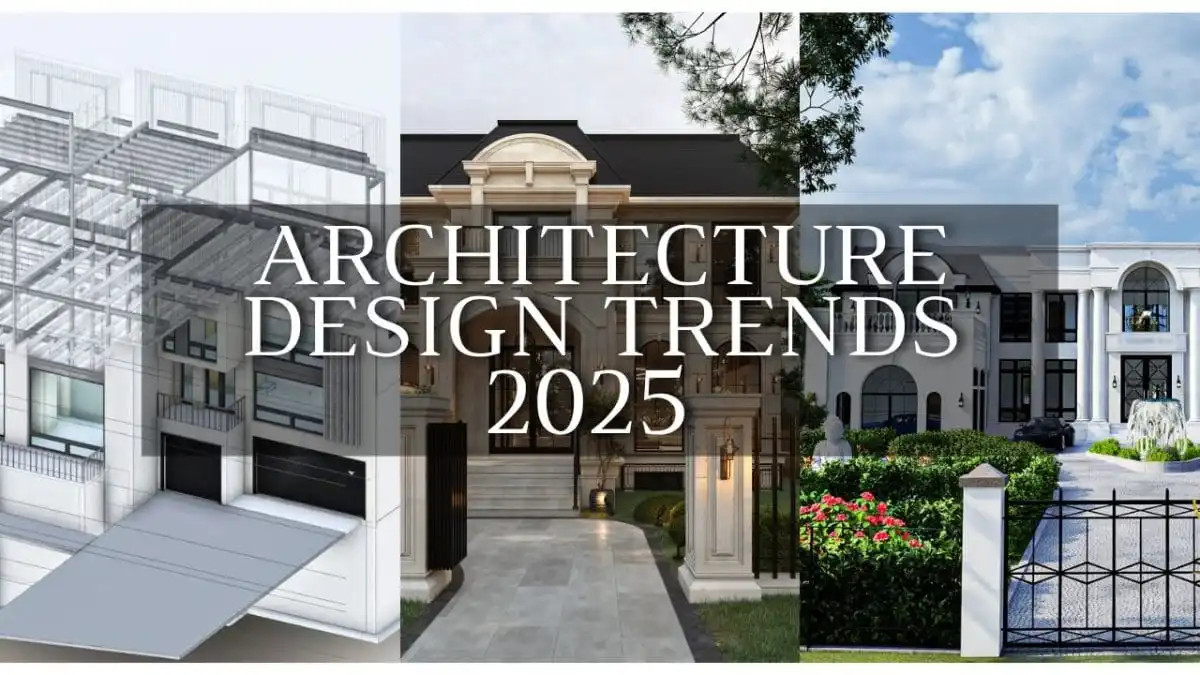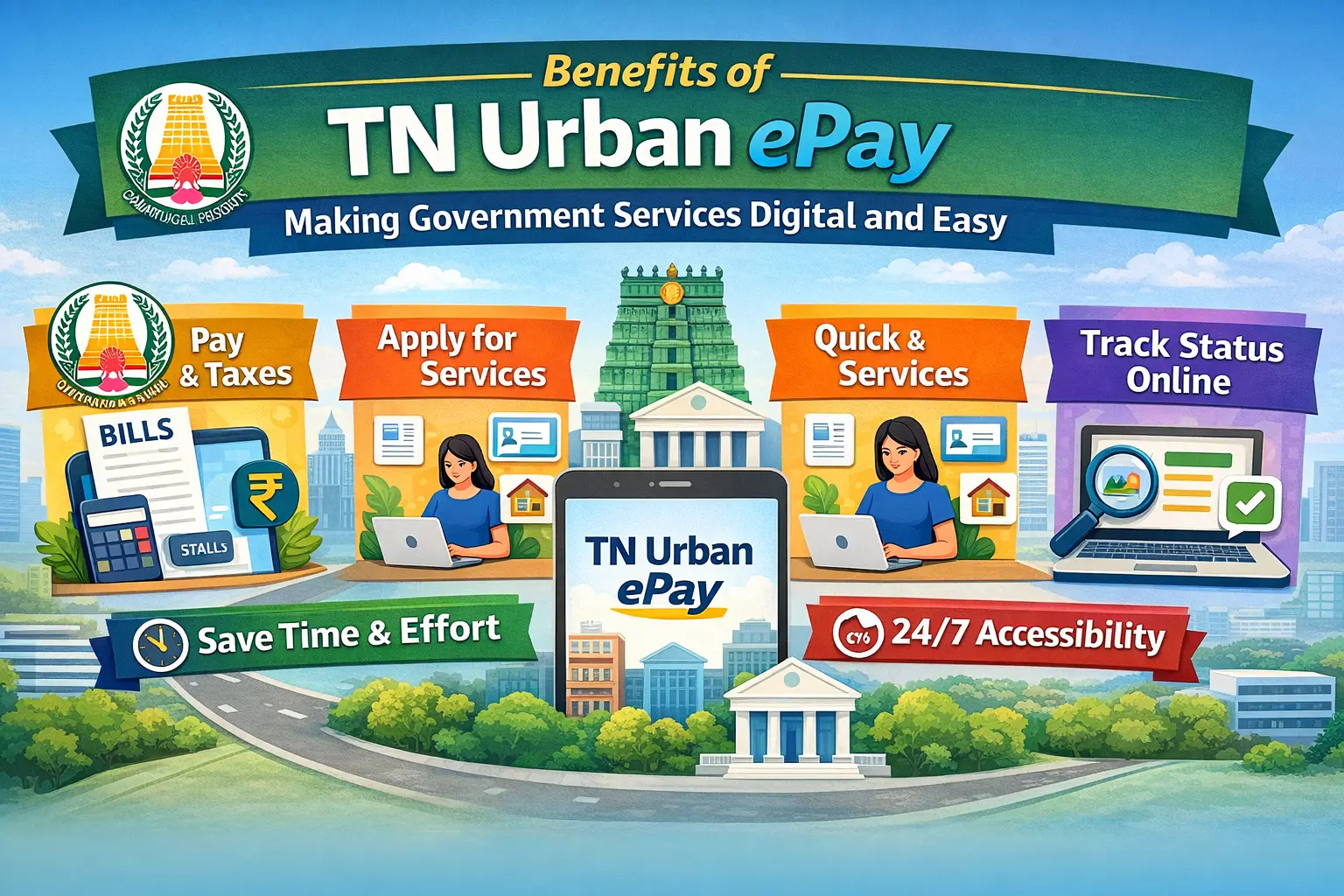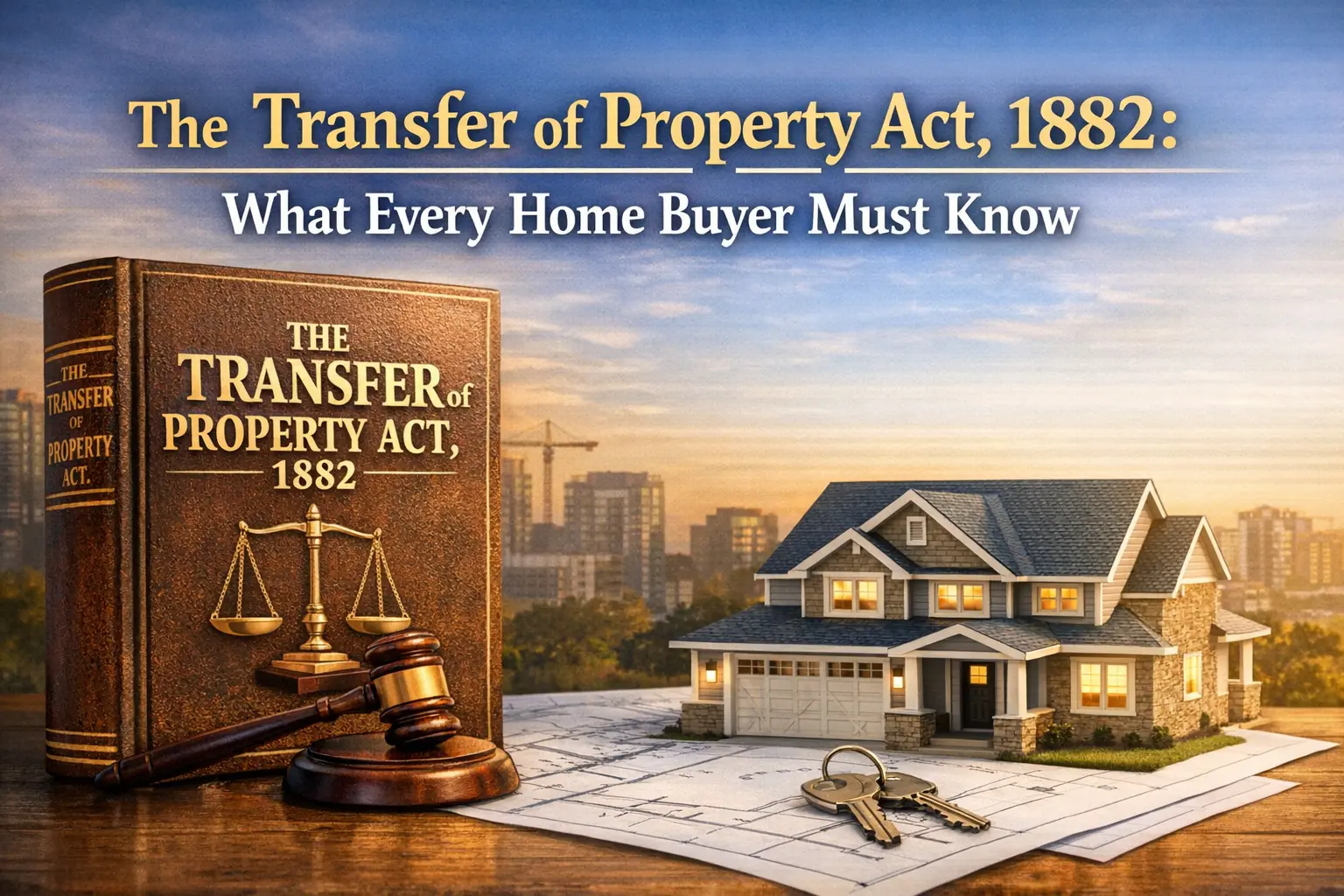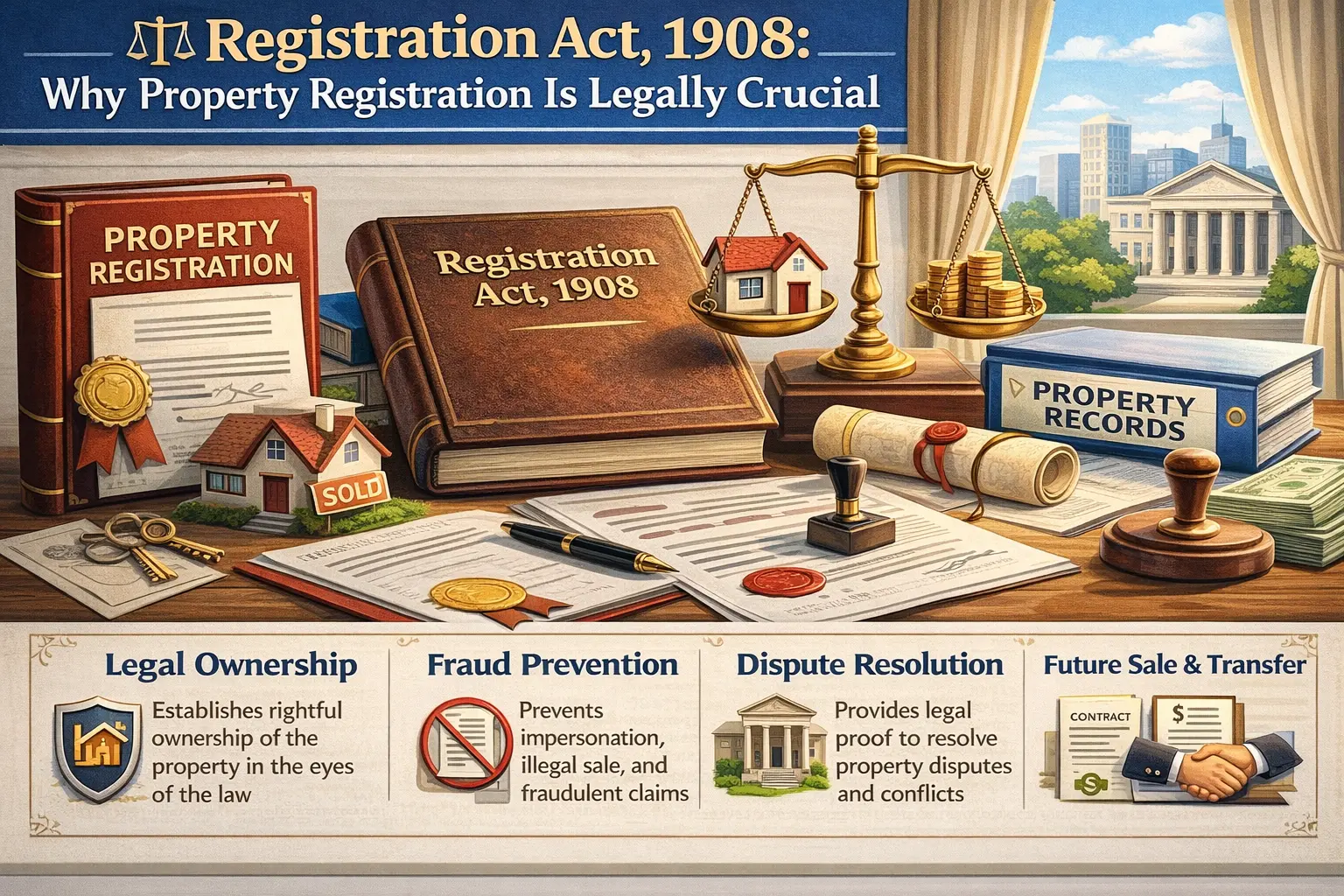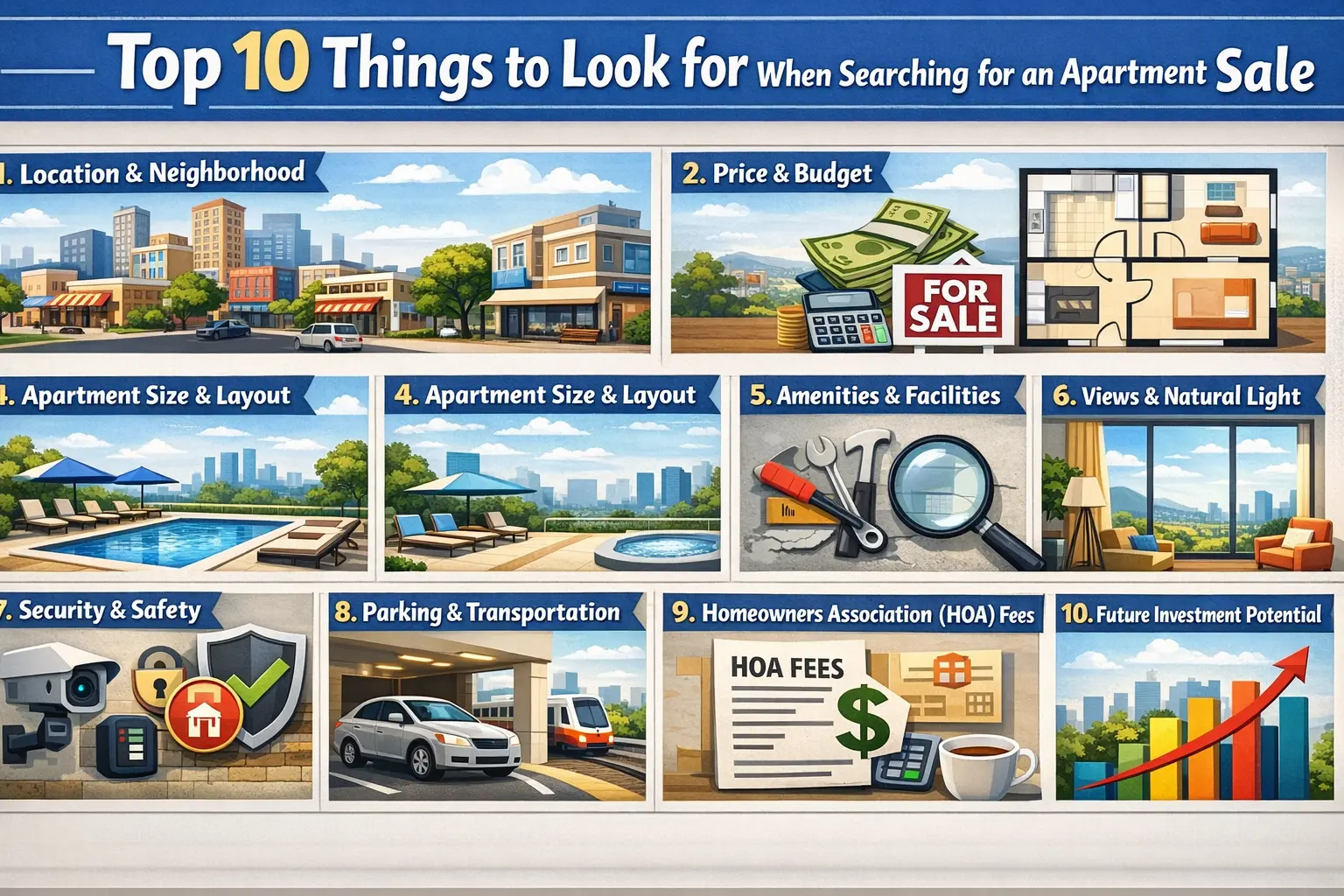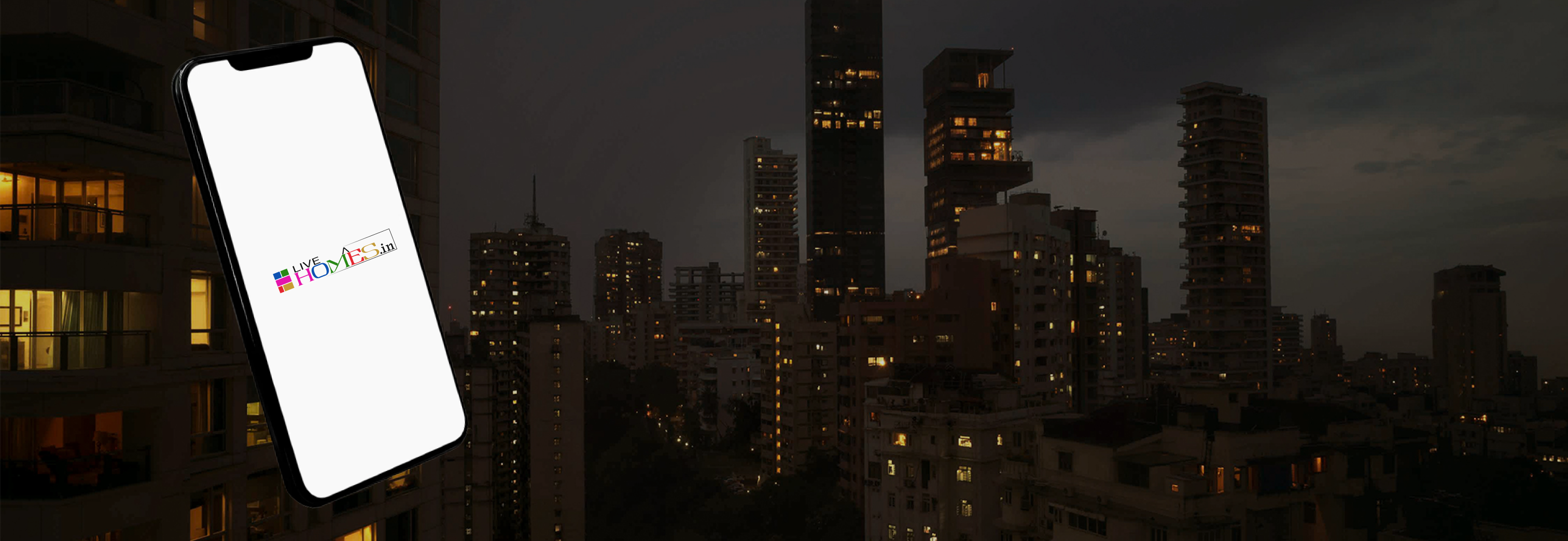1. Human-Centered Design (Design for Life, Not Just Looks)
What It Means:
Architecture in 2025 puts human comfort, health, and psychology at the center of design. Rather than just focusing on aesthetic beauty or maximizing floor space, architects are creating environments that respond to how people live, work, rest, and connect.
Key Features:
-
Better daylighting and cross ventilation
-
Ergonomic and flexible furniture planning
-
Inclusive designs for children, elderly, and people with disabilities
-
Acoustic comfort and thermal insulation
Why It Matters:
-
Reduces mental fatigue and increases well-being
-
Supports remote work and hybrid living
-
Makes smaller homes feel larger and more livable
2. Sustainable and Green Architecture
What It Means:
In 2025, sustainability is no longer a trend — it's a necessity. Architecture is focused on reducing environmental impact by using eco-friendly materials, energy-efficient systems, and designs that work with the climate, not against it.
Key Features:
-
Solar panels, wind turbines, and renewable energy integration
-
Rainwater harvesting, greywater recycling
-
Use of recycled or locally sourced building materials
-
Green roofs, passive cooling, low-energy HVAC systems
Why It Matters:
-
Cuts utility bills and long-term operational costs
-
Reduces carbon emissions and environmental damage
-
Increases building value as green compliance becomes mandatory
3. Smart Building Integration (Tech-Enabled Living)
What It Means:
Buildings are now equipped with intelligent systems that automate, monitor, and optimize operations — enhancing convenience, security, and energy efficiency.
Key Features:
-
IoT (Internet of Things) connected devices
-
Smart lighting, climate control, and home automation
-
AI-driven building management systems in commercial spaces
-
Facial recognition, voice control, app-based access
Why It Matters:
-
Saves time and energy
-
Makes homes safer and responsive
-
Especially useful for aging populations and disabled persons
4. Biophilic Design (Nature as a Part of Architecture)
What It Means:
Biophilic architecture connects people with nature — not just by placing plants in a room, but by designing entire environments inspired by natural systems and elements.
Key Features:
-
Indoor gardens, living walls, water bodies
-
Large windows, skylights, and natural ventilation
-
Use of natural textures like stone, wood, and clay
-
Spaces that change with seasons and light
Why It Matters:
-
Enhances mental well-being and reduces stress
-
Improves air quality and mood
-
Promotes productivity in both residential and office environments
5. Modular & Prefabricated Construction
What It Means:
2025 sees a rise in off-site construction, where building components are pre-made in factories and assembled on site. This leads to faster, more efficient, and cleaner building processes.
Key Features:
-
3D-printed walls, modular kitchens, and bathrooms
-
Standardized components for quicker assembly
-
Cost-effective for affordable housing and large projects
-
Higher precision and quality control
Why It Matters:
-
Reduces construction time and labor costs
-
Minimizes waste and disruption at construction sites
-
Makes housing more accessible and scalable
6. Adaptive Reuse & Retrofitting (Creative Reimagination of Spaces)
What It Means:
Instead of demolishing old structures, architects are updating, preserving, and converting them for new uses — combining sustainability with heritage conservation.
Key Features:
-
Renovation of old factories, churches, schools into offices or apartments
-
Adding energy efficiency to heritage buildings
-
Repurposing underused malls or cinemas into mixed-use hubs
Why It Matters:
-
Preserves cultural identity and urban character
-
Reduces demolition waste and construction costs
-
Offers unique, character-rich spaces for modern use
7. Flexible & Multi-Functional Spaces
What It Means:
With changing lifestyles (especially post-COVID), people want homes and offices that adapt to multiple functions — without needing more square footage.
Key Features:
-
Rooms that switch from living space to office to gym
-
Foldable furniture, movable walls, transformable layouts
-
Sliding partitions and Murphy beds
-
Common areas in buildings that can serve as work pods, event spaces, etc.
Why It Matters:
-
Maximizes use of every square foot
-
Supports hybrid working and dynamic routines
-
Encourages minimalist, clutter-free living
.8. 15-Minute Cities (Everything Close to You)
What It Means:
Urban planning is shifting toward walkable, self-sufficient neighborhoods where all essential services are reachable in 15 minutes on foot or by bicycle.
Key Features:
-
Mixed-use development: housing + offices + schools + clinics + retail
-
Improved pedestrian and cycling infrastructure
-
Micro-mobility and reduced car dependency
-
Decentralized urban growth
Why It Matters:
-
Reduces traffic and commute stress
-
Increases quality of life and work-life balance
-
Encourages community connection and local economy
Bonus: Other Notable Trends
Parametric & Algorithmic Design:
-
Architecture shaped by data and digital algorithms, leading to futuristic, organic forms.
Regenerative Design:
-
Going beyond sustainability by designing buildings that restore and heal their surroundings (e.g., improving soil, air, and biodiversity).
Material Innovation:
-
Use of smart glass, self-healing concrete, carbon-absorbing bricks, bamboo composites, and transparent solar panels.
